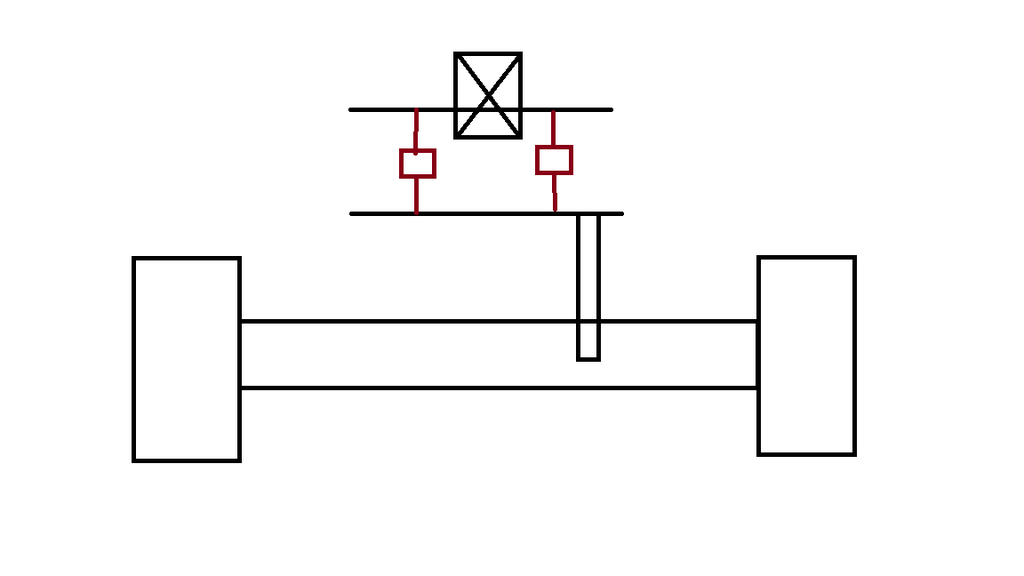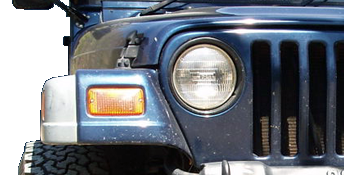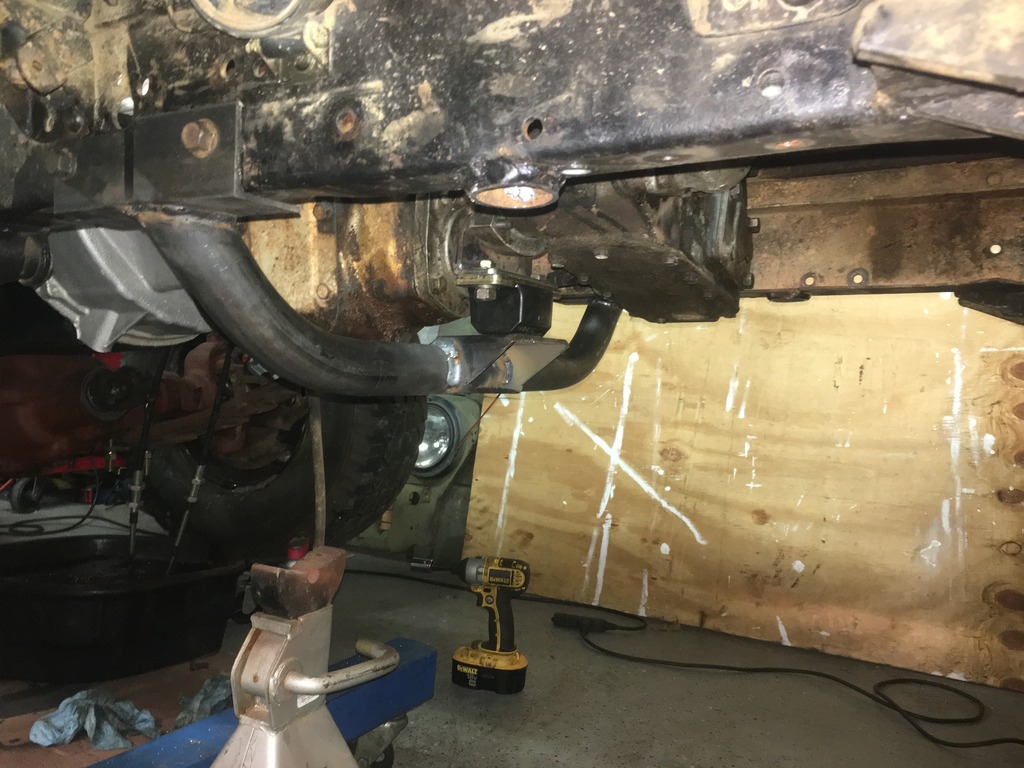YJJPWrangler
Well-Known Member
- Joined
- Jul 19, 2005
- Location
- Charlotte
I am planning on building a rear cross member for the Willys that the traction bar will attach to. I'm planning on attaching the rear crossmember to the transfer case cross member. I want to use something like this
1-3/4" Interlocking Tube Coupling
in between the two crossmembers. The reason I am doing this is I want to be able to remove the transfer case crossmember for maintenance etc but do not want to go through the hassle of removing the traction bar as well. My question is are these tube couplers designed for this kind of use? I know they are used for cages/exos etc but I am concerned about their longevity(Barnes or otherwise) with the constant movement of the traction bar.
See the crude paint sketch. The red boxes would be the tubing couplers that would span between the two crossmembers.

1-3/4" Interlocking Tube Coupling
in between the two crossmembers. The reason I am doing this is I want to be able to remove the transfer case crossmember for maintenance etc but do not want to go through the hassle of removing the traction bar as well. My question is are these tube couplers designed for this kind of use? I know they are used for cages/exos etc but I am concerned about their longevity(Barnes or otherwise) with the constant movement of the traction bar.
See the crude paint sketch. The red boxes would be the tubing couplers that would span between the two crossmembers.



